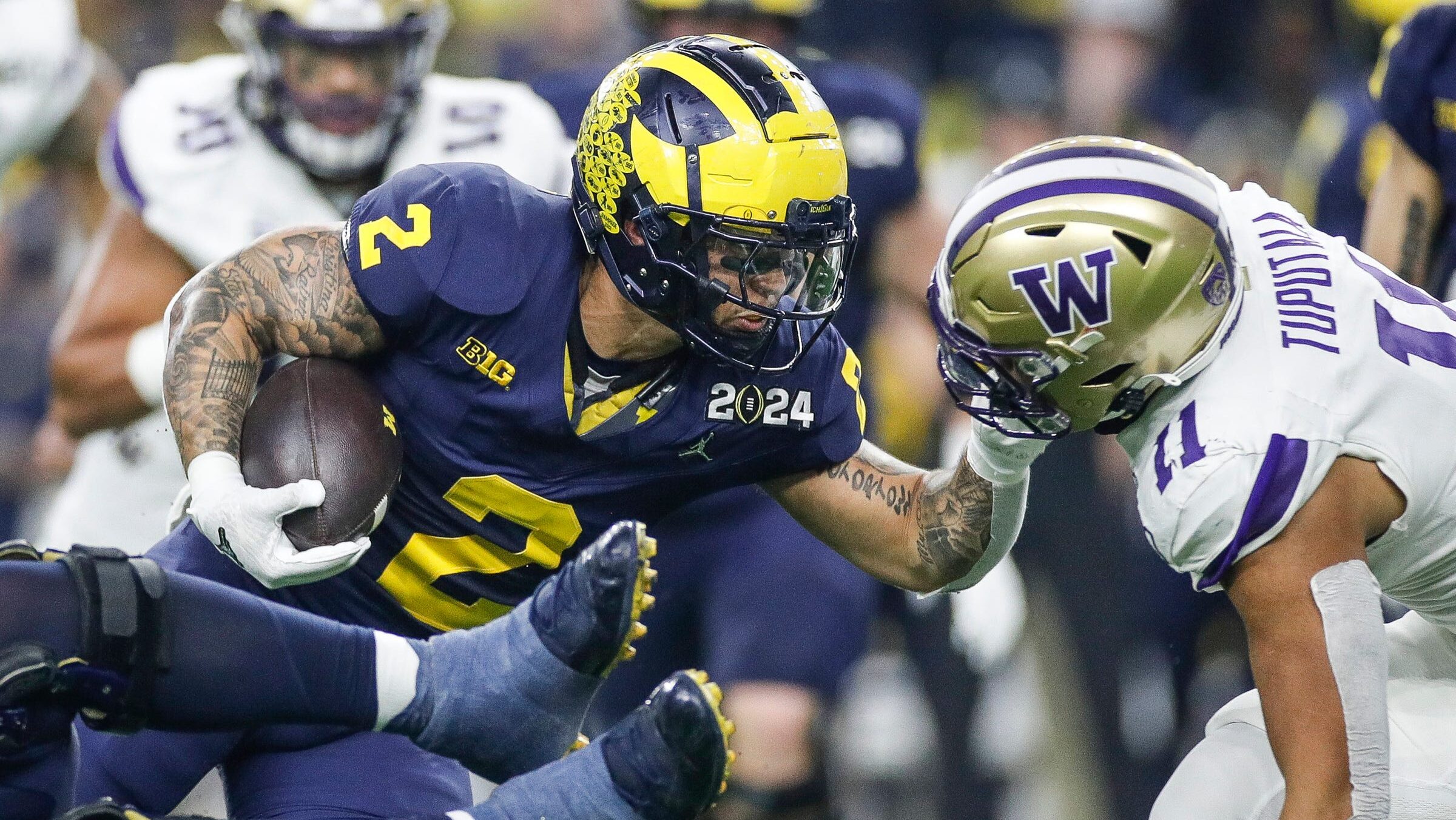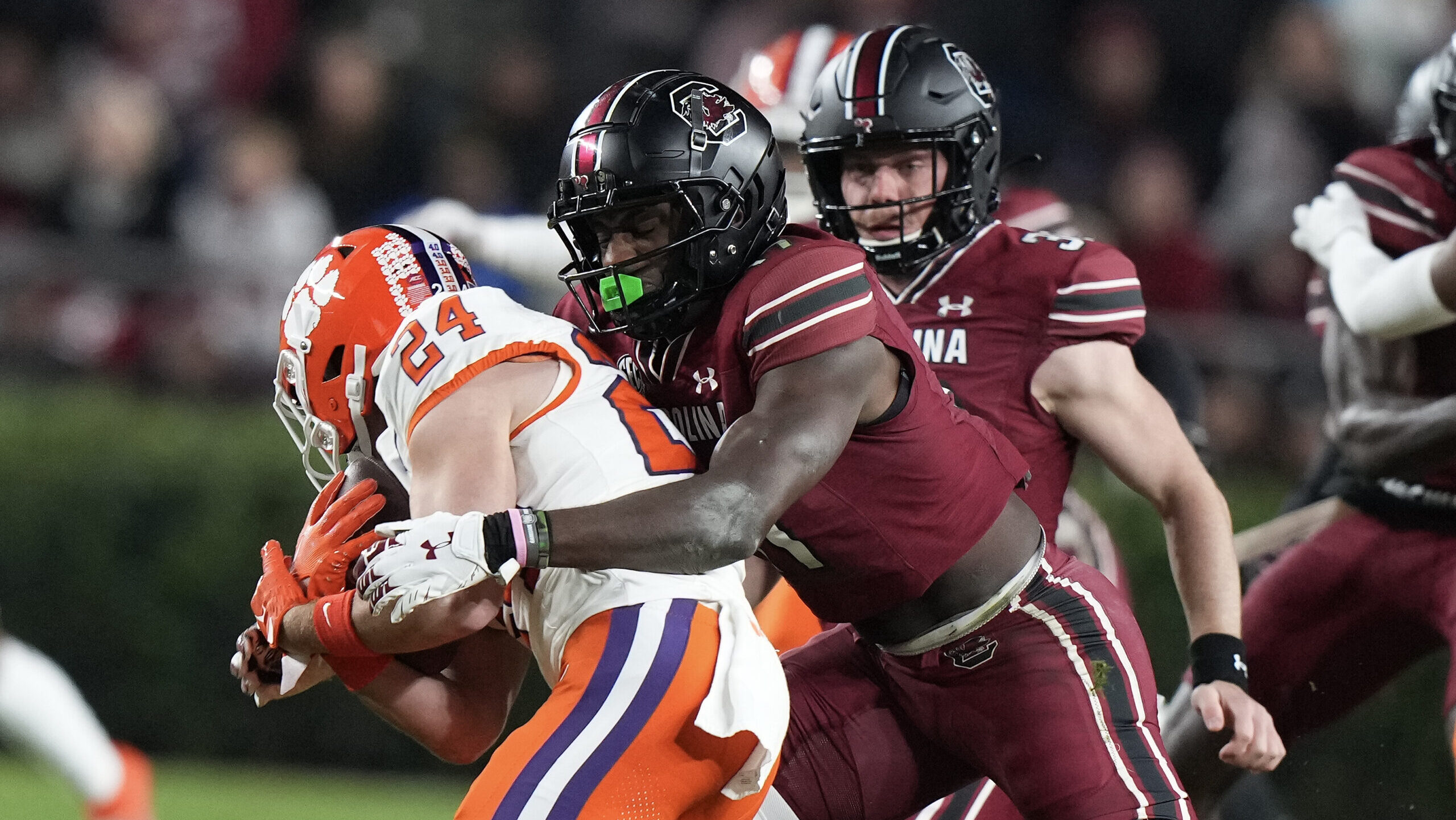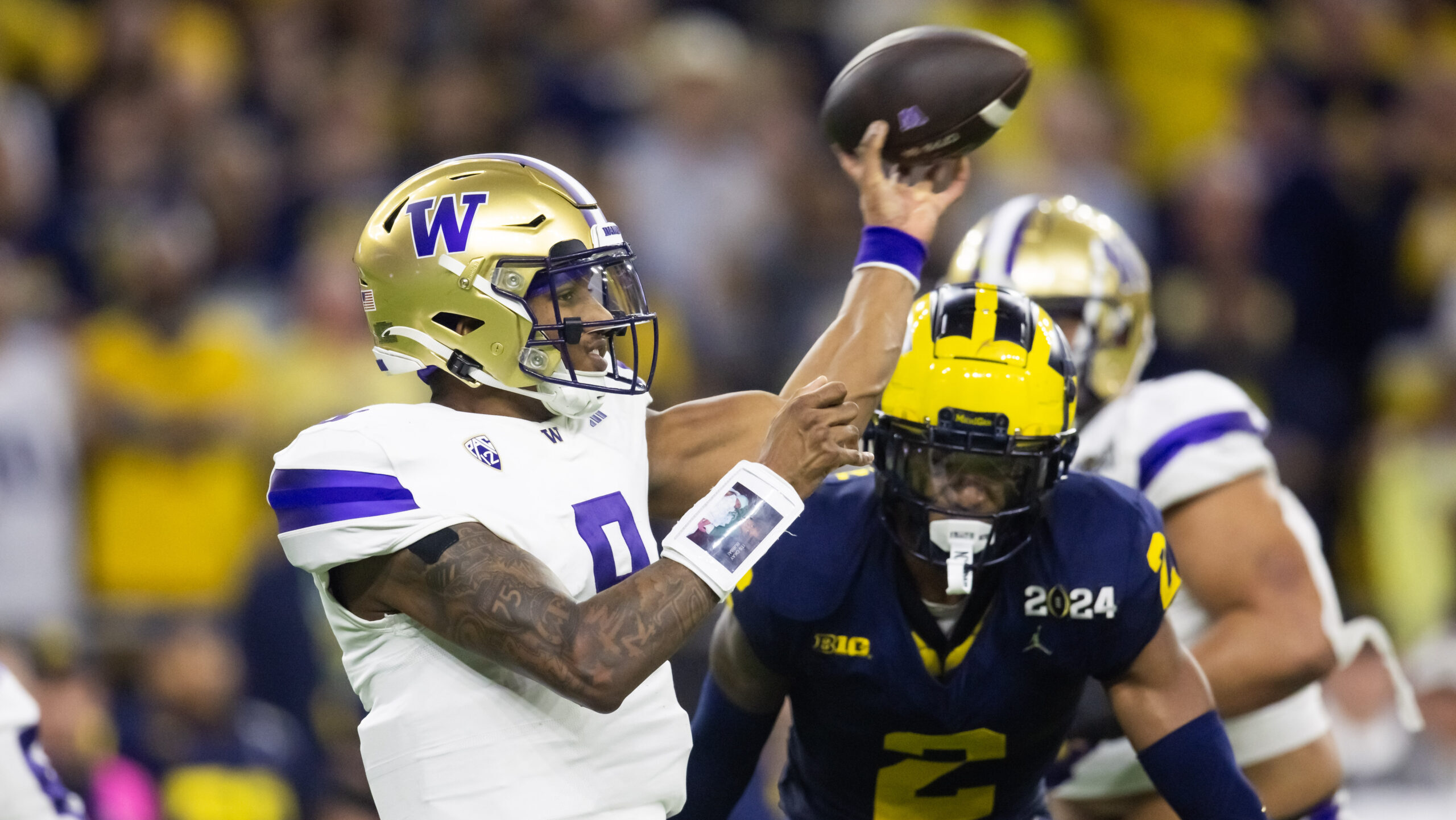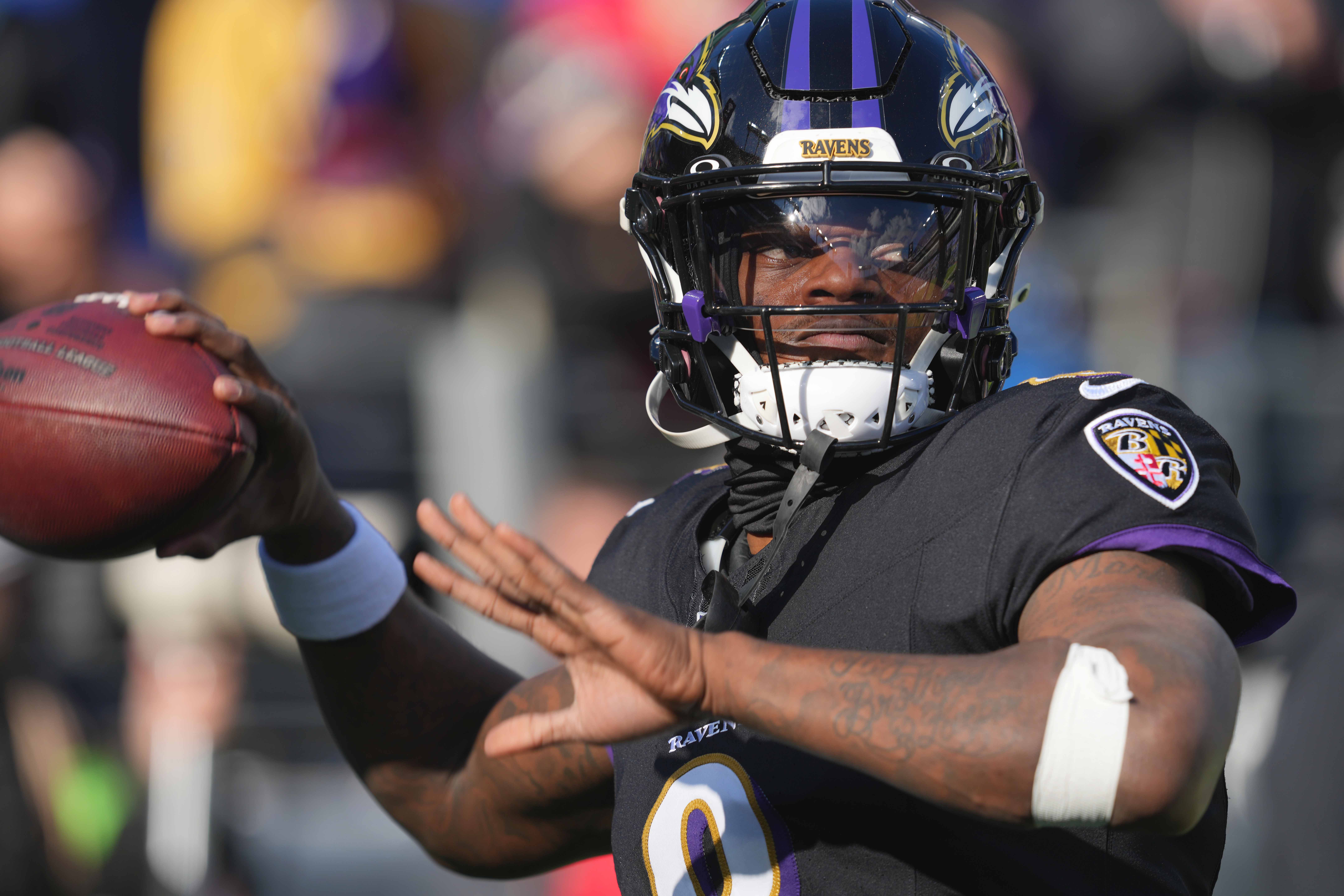Fantasy
8/12/22
10 min read
Best Ball Tournament Primer
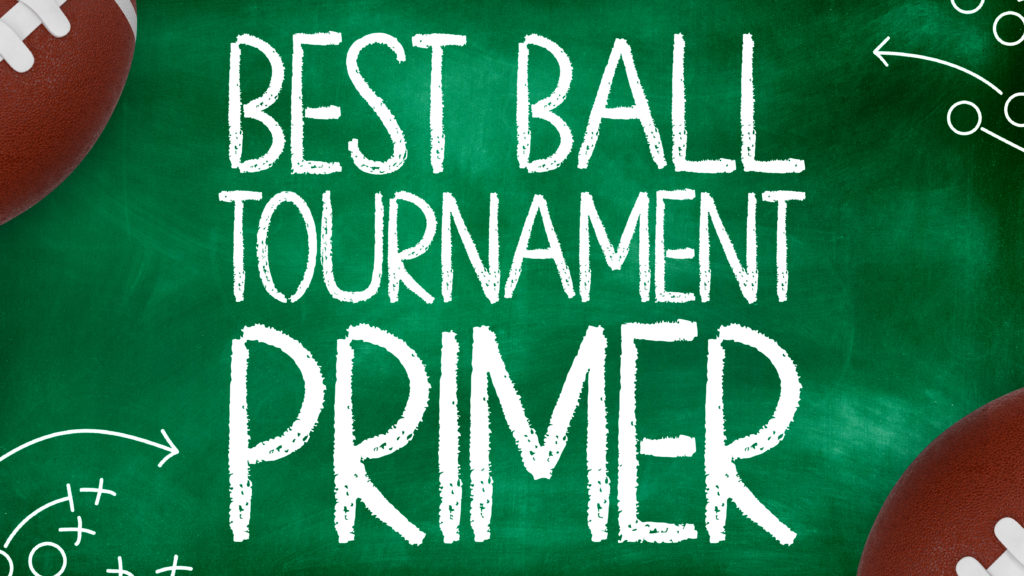
Best ball is my absolute favorite way to play season-long fantasy football. Compared to traditionally managed leagues, I see it as all the fun and almost none of the work. For the uninitiated and those who have already heard of best ball but are considering trying it for the first time, what makes best ball "unmanaged"?
- The luxury of never needing to scramble to check the waiver wire.
- The exuberance of having a busy Sunday morning, yet not fretting that a starter is suddenly ruled out.
- The unadulterated pleasure of having drafted tens (or hundreds) of lineups, set for you each week by a computer, to guarantee your top-scoring players are all in the starting slots.
Imagine being able to wait until after the final whistle of the Monday night game to set your lineup for that week. It sounds like a winning formula to me.
Why Best Ball?
Simply find your preferred best ball tournament, pay the entry fee, draft a roster of players against other competitors in a 12-team league, then wait for the season to end. I would say you can root for the players that you've drafted. But if you enter more than a few drafts, then your portfolio of players should be pretty varied. You would be rooting for and against yourself basically every week. Drafting a multitude of rosters is something to consider and highly recommended. It's what most drafters will do to get as many "shots on goal" at first place as possible. The more entries you have, the greater your chances of winning the big bucks. And that's the whole reason why we are competing.
Let's be honest: it's noble when people say they draft in these big money tournaments "because it's fun." But the real reason we draft is to win life-changing money. The fun is awesome, but it is secondary.
Before participating in any game, you should fully understand the rules under which the game is played. Within the best ball genre, there are several mainstream platforms. Each platform has the same basic idea, with notable differences which are paramount to understand if you want to win. This article will focus on the biggest tournaments hosted by the four leading platforms in the best ball tournament space: Underdog, FFPC, DraftKings, and Drafters. There are other platforms, but I would call these the four industry leaders. Among the rules to consider are roster requirements, scoring system, and prize structure. So here is a breakdown of these considerations which need to be made before jumping into a draft.
Best Ball on Underdog
On Underdog, the main tournament is called Best Ball Mania 3. It has a $25 entry fee and over $10 million in prizes, with three separate $1 million or greater prizes awarded (first place, second place, and most cumulative points from weeks 1-14). Your competitors number over 450,000. Underdog also carries more affordable tournament options, including various $5 entry fee contests like "The Puppy."
Roster Requirements and Scoring
This contest carries the same roster requirements and scoring system as BBM3 but with different prizes. Underdog tournament roster requirements include drafting 18 total players among QB, RB, WR, and TE. You will start one QB, two RB, three WR, one TE, and one more RB/WR/TE in a flex spot.
Scoring is fairly standard, but note that Underdog uses 0.5 PPR. Passing yards are 0.04 per yard (1 point per 25 yards), and each interception will knock you -1 point. Underdog scoring slightly devalues players with high reception totals. Noteworthy aspects of Underdog rules include 0.5 PPR scoring, starting three wide receivers and a flex, and a prize structure geared toward winning multiple rounds of play.
Playoff Structure
Underdog uses a playoff that involves competing against your 11 original draft room opponents over the first 14 weeks of the season (Round 1). Each group's top two point-scoring teams will advance to Round 2, in which you will compete as one of 10 other advancers. Round 2 is a one-week playoff occurring during NFL week 15. The highest scoring team in each group will advance to Round 3, in which you will compete as one of 16 other advancers. Round 3 is a one-week playoff occurring during NFL week 16. The highest scoring team in each group will advance to Round 4, in which you will compete as one of 470 other advancers. Round 4 is the championship round, consisting of a one-week playoff occurring during NFL week 17. The highest scoring team during this week will win the $2 million grand prize.
Best Ball on FFPC
On FFPC, the main tournament is simply called "Best Ball Tournament." The entry fee is the steepest among the main tournament options at $125, but while the entry fee is higher, you are competing against a fraction of the drafters you would find elsewhere: 9,072. At stake is over a million dollars in total prizes and $200,000 for first place.
Roster Requirements and Scoring
Roster requirements include drafting 20 total players among QB, RB, WR, and TE, of which you will start 1 QB, 2 RB, 2 WR, 1 TE, and two more RB/WR/TE in flex spots. Scoring on FFPC is 1.0 PPR with special "TE-premium" scoring of 1.5 PPR for the TE position only. Passing yards are also slightly more valuable at 0.05 points per yard (1 point per 20 yards), while interceptions are each -1 point. FFPC scoring increases the value of TEs and slightly increases the value of QBs. Noteworthy aspects of FFPC rules include 1.5 PPR scoring for TE, starting two wide receivers and two flex spots, and a prize structure geared toward winning multiple rounds of play.
Playoff Structure
FFPC uses a playoff, which involves competing against your 11 draft room opponents during the first 14 weeks of the season (Round 1). Each group's top two point-scoring teams will advance to Round 2, where you will compete as one of 12 other advancers. Round 2 is a one-week playoff occurring during NFL week 15. Each group's two highest scoring teams will advance to Round 3, in which you will compete as one of 12 other advancers. Round 3 is a one-week playoff occurring during NFL week 16. Each group's three highest scoring teams will advance to Round 4, in which you will compete as one of 63 other advancers. Round 4 is the championship round, consisting of a one-week playoff occurring during NFL week 17. The highest scoring team during this week will win the $200,000 grand prize.
Best Ball on DraftKings
On DraftKings, the main tournament is called NFL Best Ball $3.5M Millionaire. It has a very affordable $5 entry fee and over $3.5 million in prizes. Your competition is the most numerous of the four platforms, with over 837,000 competitors.
Roster Requirements and Scoring
DraftKings roster requirements include drafting 20 total players among QB, RB, WR, and TE. You will start one QB, two RB, three WR, one TE, and one more RB/WR/TE in a flex spot.
Scoring is relatively standard, with 1.0 PPR. Passing yards are 0.04 per yard (1 point per 25 yards), and each interception is -1 point. On DraftKings, there are also yardage bonuses, where an additional three points are awarded to players who throw for 300 or more yards, rush for 100 or more yards, or receive for 100 or more yards. DraftKings scoring will slightly increase the value of players who accrue points through large yardage totals. Noteworthy aspects of DraftKings rules include 1.0 PPR scoring, starting three wide receivers and a flex, bonus points for achieving yardage totals, and a prize structure geared toward winning multiple rounds of play.
Playoff Structure
DraftKings uses a playoff that involves competing against your 11 original draft room opponents over the first 14 weeks of the season (Round 1). Each group's top two point-scoring teams will advance to Round 2, where you will compete as one of 12 other advancers. Round 2 is a one-week playoff occurring during NFL week 15. The highest scoring team in each group will advance to Round 3, in which you will compete as one of 12 other advancers. Round 3 is a one-week playoff occurring during NFL week 16. The highest scoring team in each group will advance to Round 4, in which you will compete as one of 470 advancers. Round 4 is the championship round, consisting of a one-week playoff occurring during NFL week 17. The highest scoring team during this week will win the $1 million grand prize.
Best Ball on Drafters
On Drafters, the main tournament is called "Drafters Million Best Ball Championship." The entry fee is $20, and you are competing as one of 55,008 drafters. At stake is over a million dollars in total prizes and $250,000 for first place.
Roster requirements include drafting 20 total players among QB, RB, WR, and TE. You will start 1 QB, 2 RB, 3 WR, 1 TE, and one more RB/WR/TE in a flex spot. Scoring on Drafters is 1.0 PPR. Passing yards are 0.04 points per yard (1 point per 25 yards), while interceptions cost you more at -2 points each. Drafters' scoring slightly devalues quarterbacks. Drafters is unique in that it does not use a playoff. The highest scoring team from weeks 1-17 will win the $250,000 grand prize. Noteworthy aspects of Drafters rules include 1.0 PPR scoring, starting three wide receivers and one flex, and prize structure entirely predicated on a total points basis.
Best Ball Features
One thing to note about Underdog, FFPC, and DraftKings is that the playoff structure emphasizes the importance of scoring highly in weeks 15-17. Strategically speaking, stacking and correlating these weeks, especially the championship week, is looked upon favorably by most in the fantasy community. It makes sense because if you have a WR blow up, his QB likely has a good game. If that stack spikes, a run-back of players on the opposing team could be putting up big numbers to stay competitive, etc. The trick is to balance having a winning roster over the first 14 weeks with stacking and correlating weeks 15, 16, and 17 individually. It is quite the puzzle.
Payout Structure
A key concept to understand about these tournaments is that the payout structure is so top-heavy that you need to play to win to make your investment worth it. "That's obvious," most would say. But I would argue that the season-long fantasy league mentality makes playing to win less intuitive. In traditional leagues, you only need to be better than the single opponent you're playing each week, not all league-mates. This 1v1 setup naturally leads to drafting more conservatively - taking more players with safer floors and less variance and fewer players with higher ceilings and more variance.
No Risk It, No Biscuit
In DFS terms, this would be a "cash game" mentality. Logically speaking, because our best scorers are automatically entered into our starting lineup, we want to have a large contingent of players with sky-high ceilings that can give multiple spike weeks throughout the season (especially weeks 15-17). This is a significant pivot point that must be considered between a standard home league and best ball. A tournament team full of "safe" players is dead in the water. We need to be drafting a large contingent of players with monstrous weekly upside within their range of outcomes.
In some scenarios, it could be nice to have a player constantly scoring around 12 points each week. However, on a roster full of other players who each have a chance at their own spike week, you are hoping never to use a 12-point score. Risk aversion is an acceptance of mediocre outcomes.
Wrapping Up
As Ricky Bobby says, "if you ain't first, you're last!" With so much of the prize pool going to the top 1% of the top 1% of finishers, playing "not to lose" or "to advance a bunch of teams" is a losing system. You are wasting your time and money if you draft defensively.
So play offense: accept variance, take risks, and be creative. Treat best ball more like the massive daily fantasy GPP tournaments, like the DraftKings Millionaire Maker or the Fanduel Sunday Million. Thousands of people will be drafting teams very similar to one another, following similar rankings, listening to similar experts, and drafting players close to ADP. Differentiate yourself. So now you just need to choose your preferred platform/platforms, being mindful of the rules, entry fee, and prize structure.


